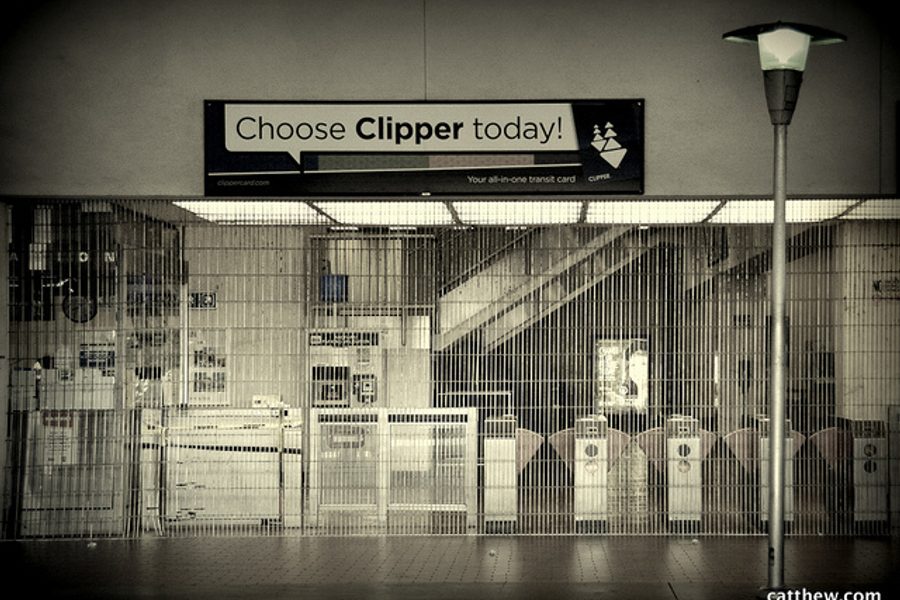Early today, BART workers across the Bay Area went on strike, shutting down public transit in San Francisco and surrounding cities. However, in the coverage by the two major Bay Area papers, the San Jose Mercury News nor the San Francisco Chronicle, a key detail was missing: exactly how many workers are out on strike. I asked around and the Amalgamated Transit Union (ATU), one of three unions representing the striking workers, told me the answer is 2,400.
Also absent from most media coverage were the details of a dispute over workplace authority that has been a major sticking point in negotiations. A statement posted on ATU Local 1555’s Facebook page fills in the gaps:
In the past three days, we’ve found agreement on nearly every “must-have” issue for both sides including wages, hours, pensions and benefits. However, the last 72 hours have seen management demand new — and unreasonable — workplace authority that would give them license to abuse and extort our workers as we approached the finish line. BART owes us and the entire Bay Area an apology for their actions.
Negotiations ground to a halt as BART management introduced new work rules designed to reduce employee power in the workplace and employee workplace protections long after these issues had been previously set aside. Management’s desired changes to work rules could mean:
- Train operators being told mid-shift to leave the train and serve as Janitor
- Train operators told by management to skip safety breaks and continue operating trains and putting passengers at risk
- Train operators and even station agents being told to report to work at sites not agreed upon in advance — causing great hardships for family
- Members, especially those working early morning or late evening shifts, having their schedules changed with little to no notice — a huge imposition for union members with small children[D2]
Bryant continued, “We were close to a deal, but management kept moving the finish line. Now they have put a brick wall where the finish line should have been. They have left us with no recourse but to reevaluate our role in these unproductive negotiations.”
Given the holes in the media coverage, it’s unclear how many of the 400,000 commuters potentially affected by this strike would know that this strike was not over wages, but over work rules that could force skilled train operators to stop their jobs mid-shift and clean up someone else’svomit. Currently the ATU’s post only has four “likes“ on Facebook; the San Francisco Chronicle and the San Jose Mercury News have a combined daily circulation of more than 700,000.
Reporting on mass transit strikes that focuses on the burden for commuters is not uncommon. As In These Times alumnus and MSNBC host Chris Hayes wrote for In These Times back in 2006 while covering the New York City transit strike:
Solidarity. Now there’s an anachronism. The news media doesn’t talk about solidarity; it employs the assured and peppy tone that speaks to the individual consumer: After the break: We’ll tell you how the strike will affect your morning commute. Solidarity is the opposite of news you can use.









